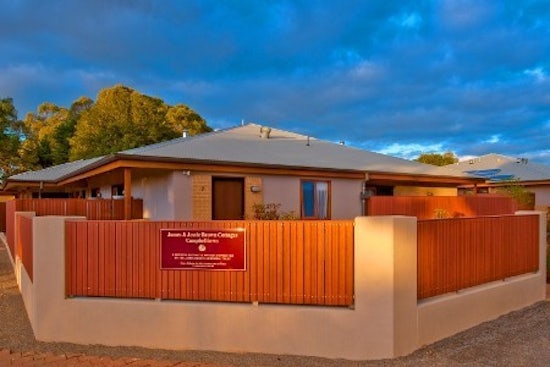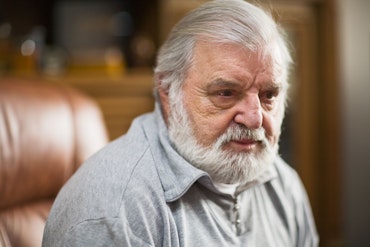Affordable housing awarded
The James and Jessie Brown Affordable Housing redevelopment at Campbelltown has won the Urban Development Institute of Australian SA Branch Affordable Housing Award.

The James and Jessie Brown Affordable Housing redevelopment at Campbelltown has won the Urban Development Institute of Australian SA Branch Affordable Housing Award.
The announcement was made at the awards presentation ceremony at the Adelaide Convention Centre on Friday, 2 November in front of 300 assembled guests representing the urban development industry in South Australia.
This development also won both the Master Builders’ Award for Excellence in Affordable and Public Housing 2012 and the Aged and Community Services (SA&NT) Inc 2012 Awards for Excellence in Design announced earlier in the year, and confirms its design excellence as judged by the urban development sector.
The James and Jessie Brown Cottages is an affordable housing program operating across six metropolitan Adelaide sites supporting people at risk of becoming homeless and is owned by the James Brown Memorial Trust, with its head office at Belair, South Australia.
The award was accepted by Trust Chief Executive Officer Dennis Chamberlain. The architects were Douglas Alexander and Luke Willis from Flightpath Architects and well known Adelaide builder Pascale Construction built the project within budget and on-time.
The project was funded from the James Brown Memorial Trust’s own reserves and supported by the State Government with a grant from its Affordable Housing Innovations Fund, and is eligible for the Federal Government’s National Rental Affordability Subsidy scheme.
The Trust’s Chairman, Geof Mitchell Waite, said: “This housing project is a great example of how the Trust approaches its commitment to quality and yet affordable housing; it’s truly amazing what can be achieved when the community and the key stakeholders all works together in partnership.
“The twenty four new units have become home to people who don’t yet have stable and secure housing and will give them a solid foundation to go on and achieve other things including education and employment.”
The site, which used to consist of 16 bedsitter flats built in 1962, has been redeveloped to become 24 purpose-designed units for people at risk of homelessness.
Each unit is environmentally efficient with innovative design including rain water tanks, storm water retention, drought tolerant landscaping, heat pumps for hot water heating, solar-voltaic cells for electric power generation, polished concrete floors and wide eaves and reverse brick veneer to keep units cool in summer and warm in winter. Recycled products have also been used for fencing.
The Trust’s next Affordable Housing redevelopment project is scheduled to commence at Findon in early 2013.











![The new Aged Care Act exposure draft is slated for release in December of 2023, but advocates hope to see it rolled out on January 1, 2024. [Source: Shutterstock]](https://agedcareguide-assets.imgix.net/news/articles/wp/agedcareact__0811.jpg?fm=pjpg&w=520&format=auto&q=65)












Comments